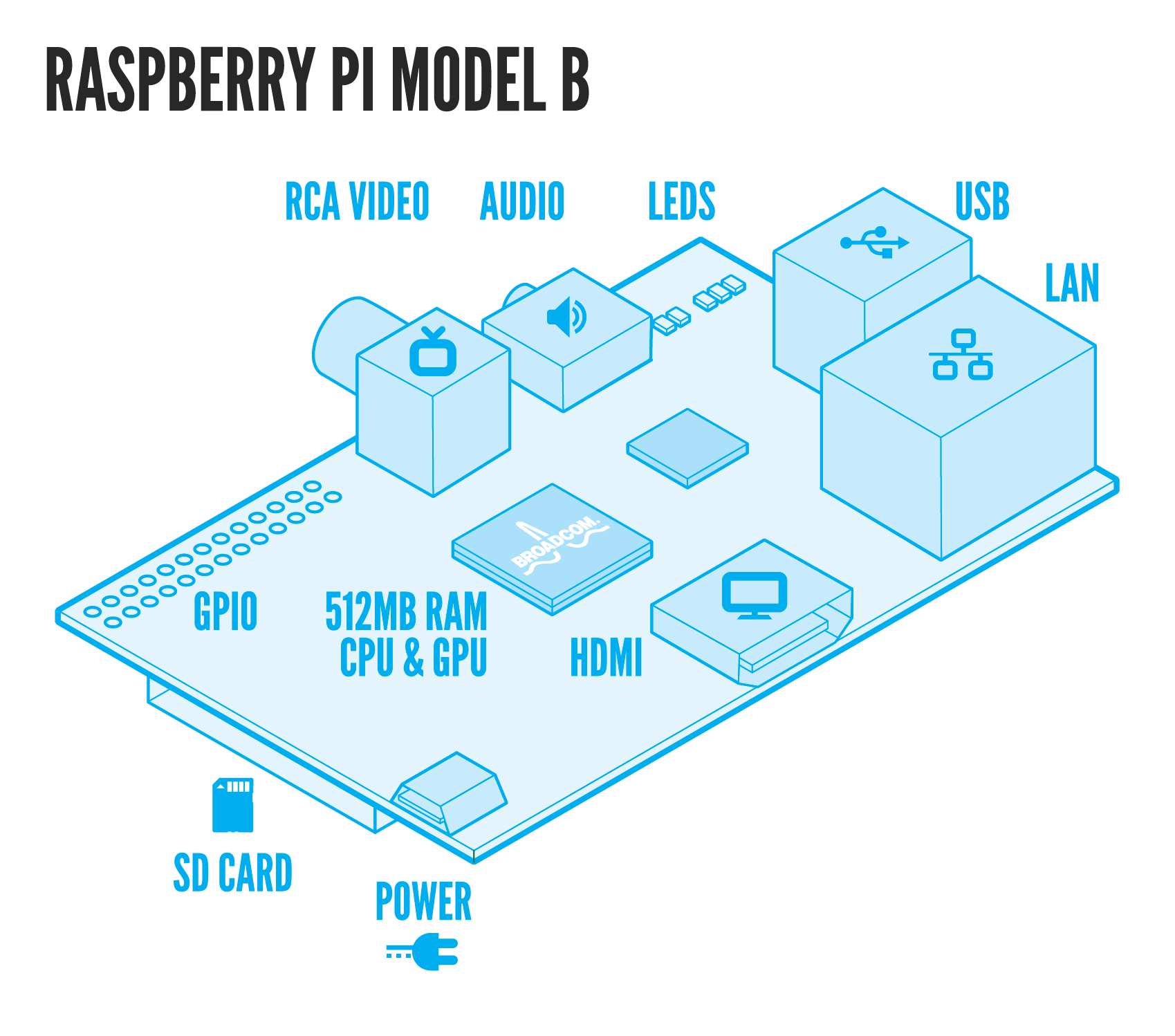Team:EPF Lausanne/Overview
From 2014.igem.org
Project
Introduction
The 2014 EPFL iGEM team has been working on showing that biologically engineered organisms can detect and process signals quickly and efficiently. With this in mind, our team brought forward a novel idea: combining Protein Complementation techniques with biosensors to achieve fast spatiotemporal analysis of bacterial or yeast response to mechanical stimuli.

Our team explored this hypothesis by engineering two stress related pathways in E.Coli and S.Cerevisiae with in mind the development of a BioPad: a biological touchscreen consisting of a microfluidic chip, touch responsive bacteria, and a signal detector. Learn more about how the BioPad works !
The pathway engineered in E.Coli, the Cpx Pathway, is a two-component regulatory system responsive to envelope stress. A full description of the pathway is available here. In S.Cerevisiae we modified the HOG Pathway - a MAPKK pathway responsive to osmotic stress. For more information concerning the HOG Pathway click here.
Our project also includes an extensive microfluidics section. Our self designed chips helped us improve precision, safety, and quantification methods used throughout the project. To learn more about the microfluidic components of our project check out this link !

Last but not least, we designed a novel signal detector ! To make signal detection more practical we developed an automatised cheap tracking system made of a mini-computer (Raspberry Pi) and a mini-HD camera. More details concerning this the BioPad detector can be found here.
 "
"








